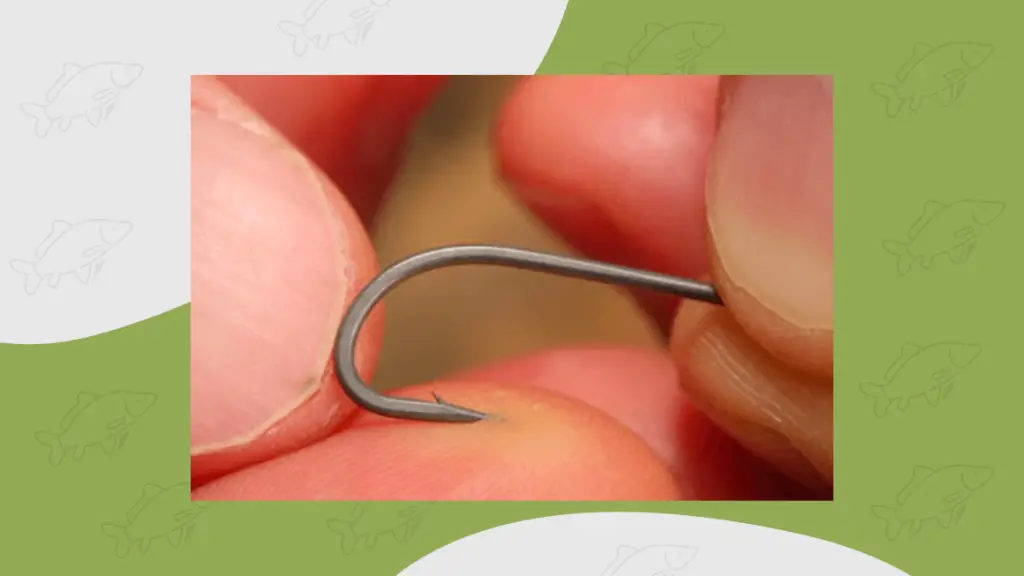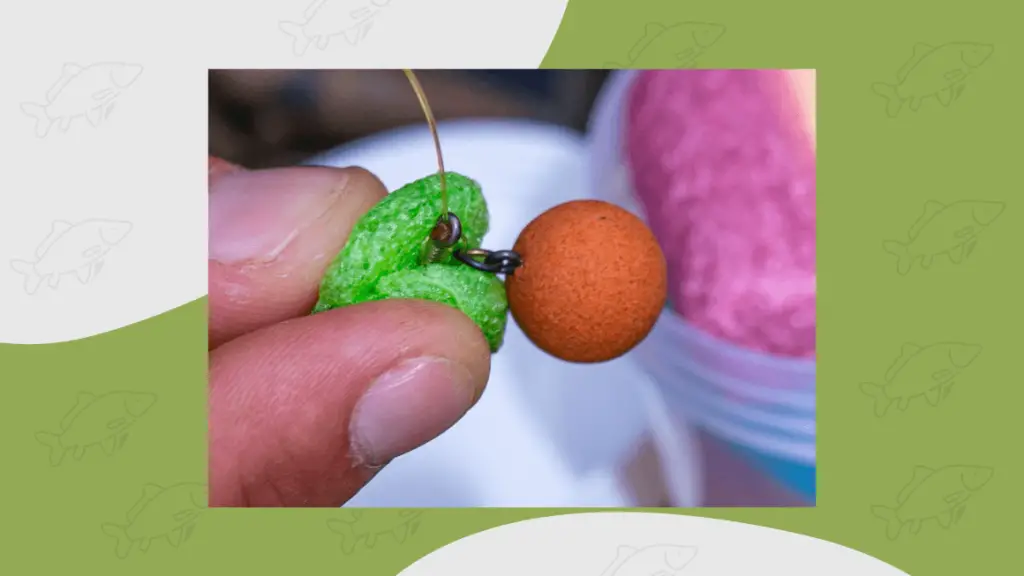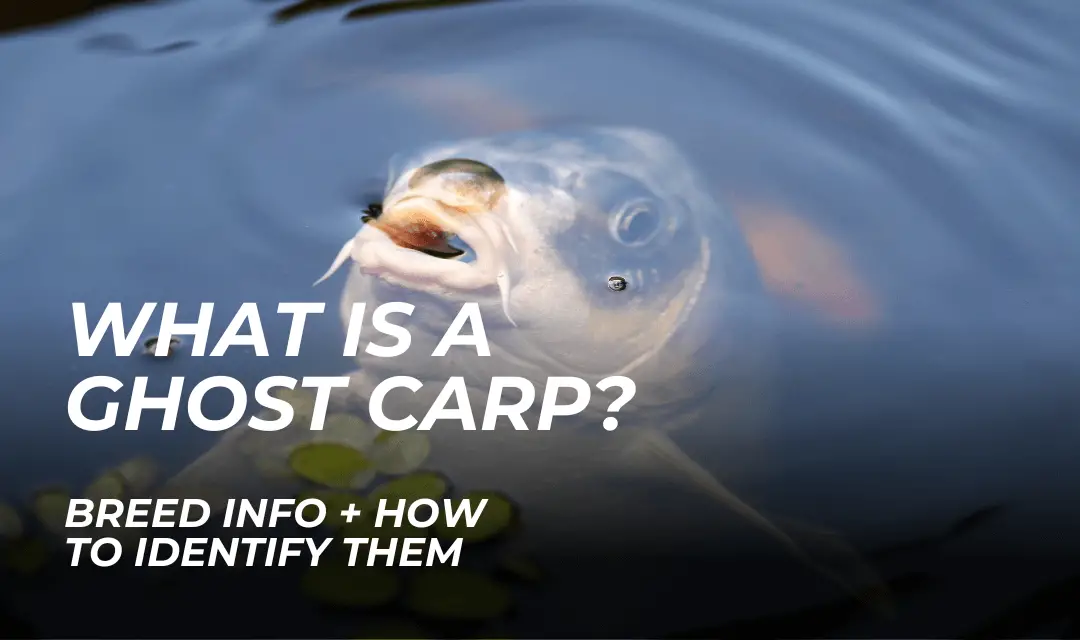The world of carp rigs can be incredibly confusing, even to experienced anglers.
Yet we all strive for that perfect presentation on the lakebed. That wonder rig which will catch us more carp than last season.
Carp anglers are always tinkering with rigs. I was as guilty as anyone when I started 16 years ago.
But with so many variations of rigs and terminal tackle items available, it’s become easy to set things up in the wrong way. Even worse, you can pick up bad habits in your angling that can actually cost you fish.
Being a regular contributor in groups and owner of the Carp Squad Community has opened my eyes to the simple mistakes that anglers make.
And that’s why I wanted to detail them in this short article today.
Here are 5 rig mistakes you should avoid if you want to put more carp on the bank this season!
Tying a knotless knot wrong
Known as the easiest knot to tie in carp angling, it’s surprising how often people tend to get this wrong.
A common sight is anglers passing the tag end of the hook link back through the eye of the hook the wrong way, opposite to the point of the hook.
What this does is essentially open up the gape between the line and the hook point, making it less effective at catching hold in a carp’s lip.
When the knotless knot is tied correctly, the point of the hook should sit at a more aggressive angle, almost curved over towards the hooklink. It’s this aggressive curve between the hook and hooklink that many anglers achieve with the use of shrink tubing and dedicated line aligners.
If you struggle tying hair rigs, you can always use the Loops & Booms from Korda.
This is a simple one to get right, but one which will definitely result in poor hookholds if you get it wrong!
Failing to check hook points
There’s no doubt about it, a sharp hook will definitely catch you more carp.
And on the flip side, a blunt hook will most likely result in more lost opportunities.
You only have to watch the Korda Underwater films to see how many times we’re ‘done’ by carp, seemingly sucking in our rigs and evading capture.

Luckily, carp hooks have improved massively in recent years, becoming even sharper straight out of the packet. Add to that the popularity of hook sharpening kits and this part of the confusing world of rigs has really improved.
But there is one caveat; sharp hooks need to be checked regularly.
They can blunt, or ‘turn over’ incredibly quickly, even from a single cast. (Which I’ve seen on many occasions).
Failure to check them prior to a cast will definitely result in lost fish!
Forgetting to test knots
Knots are undoubtedly one of the most important parts of our entire rig setup.
And with the way carp rigs are set up, our success is often determined by the strength of four or five key knots, from hooklink to leader and finally the mainline.
But knots can fail, no matter how experienced you are at tying them.
That’s why it always pays to thoroughly test them before putting your rigs to use.
Monofilament and fluorocarbon in particular need to be knotted carefully to prevent slippage.

They should be adequately tested prior to use by applying pressure by pulling. This can be done with the use of knot pullers which allow you top apply pressure easily.
If it fails to break with a strong pull, it’s likely that it will be fine to cast out into the lake!
Not checking your dissolving foam
Did you watch the newest Korda Underwater over on YouTube?
One of the most surprising talking points of the whole show was how slowly the dissolving foam took the break down.
Live on camera, fish were actively in Danny’s swim feeding whilst his hookbait was still suspended off the lakebed.
In any fishing situation this is a nightmare, never mind when you can see it live on camera.
The issue? Half of the time we don’t know if this is the case without cameras underwater.

I personally lost faith in PVA nuggets after reeling in twenty minutes after a recast and finding it still attached to my hook.
I use them sparingly these days and when I do, I always try one in the edge first to see if they’re still breaking down in a minute or two.
Any longer than that and you’re likely missing chances of a bite!
Pushing the tail rubber on too far
Whilst this one won’t necessarily lose you fish, it can certainly damage fish if you’re to crack off or lose your rig.
The lead clip was a revolutionary setup, but unfortunately so many times anglers fail to fish with them safely.
By ramming the tail rubber on to the lead clip too far, the lead will fail to eject and essentially render the setup useless.
In a situation where you might have cracked off, this is a nightmare. Any fish that picks up your cracked off rig will likely be pulling around a heavy lead too, risking injury and tethering.
Not only that, but your lead will fail to drop even if it’s your desire to do so during a take. As we know, in weedy situations, dropping the lead is a major plus for managing to actually land any carp that you might hook.
My tip? Always wet the lead clip with saliva and push the tail rubber about 1/4 on. Test it by pulling the lead in the opposite direction of the hook.
If it pulls off the lead clip, you’re good to go!
About the writer

Rob W
I’m Rob, Carp Squad’s main contributor. I’ve been carp fishing on and off for 15 years, but the bug is well and truly back at the moment. Hopefully the articles I write on here help you put more carp on the bank.




![Stocks Lake Norton Disney [Tips & Tactics]](https://carpsquad.com/wp-content/uploads/2023/11/stocks-lake-norton-disney-2-1.png)

